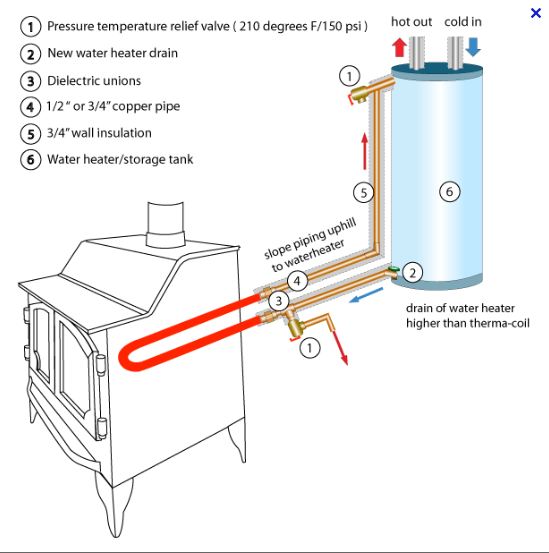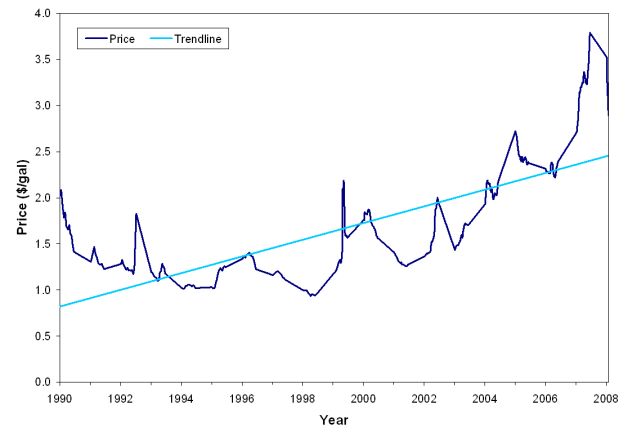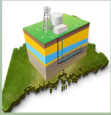

The Graph to the left shows the price of heating oil in the state of Maine since 1990, it shows that while heating oil prices have been unstable for many years, in the past ten they have been climbing steadily
In a state as cold as Maine this presents a serious problem. Heating oil has incredible energy density, and as a liquid this makes it an easy way to deliver the heat that Mainers need to stay warm through the winter- but with primary oil reserves depleting and growing markets in Asia oil can no longer be relied upon.
https://wiki.colby.edu/display/stateofmaine2008/State+of+
Energy+and+Climate+in+Maine
In a state as cold as Maine this presents a serious problem. Heating oil has incredible energy density, and as a liquid this makes it an easy way to deliver the heat that Mainers need to stay warm through the winter- but with primary oil reserves depleting and growing markets in Asia oil can no longer be relied upon.
https://wiki.colby.edu/display/stateofmaine2008/State+of+
Energy+and+Climate+in+Maine
Many Mainers are turning to Natural Gas because of its relatively abundant supply, but this is an imperfect solution- prices remain unstable, and the increased demand for Natural Gas supports the FRACKing industry.
If FRACKing becomes an established industry it will maintain America's wasteful attitude towards energy while we are out-innovated around the world and put off the shift towards local sustainable infrastructure that our children will need to survive and thrive on into the future.
If FRACKing becomes an established industry it will maintain America's wasteful attitude towards energy while we are out-innovated around the world and put off the shift towards local sustainable infrastructure that our children will need to survive and thrive on into the future.

For a safe and stable future Maine must learn to be self reliant for all of its basic needs. Already we are one of only a handful of states that grow more calories than we consume (and I'm certainly not opposed to trading some of those potatoes for pineapples when possible), but energy security is just as important as food security, particularly in a place as cold as Maine.
One day (soon!) our electricity will all come from renewable and self-sufficient sources, however in the mean time heating should be prioritized. If need be we can all do with a little less electricity- but we cannot live here without heat.
Aside from these serious considerations burning wood is already cost competitive with fossil fuels, and as trees keep growing and oil (and eventually gas) runs dry, this is only going to become more pronounced.
There are however reasons that so many Mainers burn heating oil already, and challenges in making wood burning a suitable alternative. These are outlined in the next, Challenges, section.
One day (soon!) our electricity will all come from renewable and self-sufficient sources, however in the mean time heating should be prioritized. If need be we can all do with a little less electricity- but we cannot live here without heat.
Aside from these serious considerations burning wood is already cost competitive with fossil fuels, and as trees keep growing and oil (and eventually gas) runs dry, this is only going to become more pronounced.
There are however reasons that so many Mainers burn heating oil already, and challenges in making wood burning a suitable alternative. These are outlined in the next, Challenges, section.
Natural Gas is also inherently challenging for rural heating solutions, as its energy density is far too low to be stored at outside temperature and atmospheric pressure- it must be compressed into a liquid state, and this presents potential dangers.
Home-
Motivation for Local Heating Technology
Motivation for Local Heating Technology
A Sensible Solution For Maine? Burning Abundant Local Biomass!
Biomass? Don't you mean
wood?
For now, yes, biomass means wood, but someday it will probably be more efficient to burn some sort of crop residue, straw from a maine bread-wheat industry or perhaps hemp waste after the fibres have been processed out.
Grass-type plants grow much faster than wood does, and so the same plot of land has a much greater yield over time.
(All life is built from simple sugars; converted from water and air through photosynthesis. These building blocks can be made more rigid into stalks or wood, and this condenses their energy content- however each of these conversions also loses a little bit of this original energy- so even if all the biomass (leaves and seeds) were collected from trees, it is likely that straw or stalks would be a better process- but all of these options should be investigated)
For now, yes, biomass means wood, but someday it will probably be more efficient to burn some sort of crop residue, straw from a maine bread-wheat industry or perhaps hemp waste after the fibres have been processed out.
Grass-type plants grow much faster than wood does, and so the same plot of land has a much greater yield over time.
(All life is built from simple sugars; converted from water and air through photosynthesis. These building blocks can be made more rigid into stalks or wood, and this condenses their energy content- however each of these conversions also loses a little bit of this original energy- so even if all the biomass (leaves and seeds) were collected from trees, it is likely that straw or stalks would be a better process- but all of these options should be investigated)
You're
Designing a Woodstove? Hasn't that been done?
Considering how long humans have been burning wood, we're suprisingly bad at it. A thermal efficiency of 30% is not uncommon, compared to typical efficiencies of heating oil furnaces of 85+%.
One important difference is the use of a heat exchanger, a typical woodstove simply radiates its heat directly out of the combustion chamber, and this steals energy from the flame and is one cause for incomplete combustion (meaning you don't burn all your fuel, or get all your heat). Using a heat exchanger such as the one depicted to the right allows for efficient combustion and then efficient heat distribution throughout the house. It works by heating water with the gasses after they have been combusted, and then pumping that hot water through the house. The diagram shows a passive flow system that needs no pump, as the water warms it gets lighter, and naturally rises into the hot water tank.
One important difference is the use of a heat exchanger, a typical woodstove simply radiates its heat directly out of the combustion chamber, and this steals energy from the flame and is one cause for incomplete combustion (meaning you don't burn all your fuel, or get all your heat). Using a heat exchanger such as the one depicted to the right allows for efficient combustion and then efficient heat distribution throughout the house. It works by heating water with the gasses after they have been combusted, and then pumping that hot water through the house. The diagram shows a passive flow system that needs no pump, as the water warms it gets lighter, and naturally rises into the hot water tank.